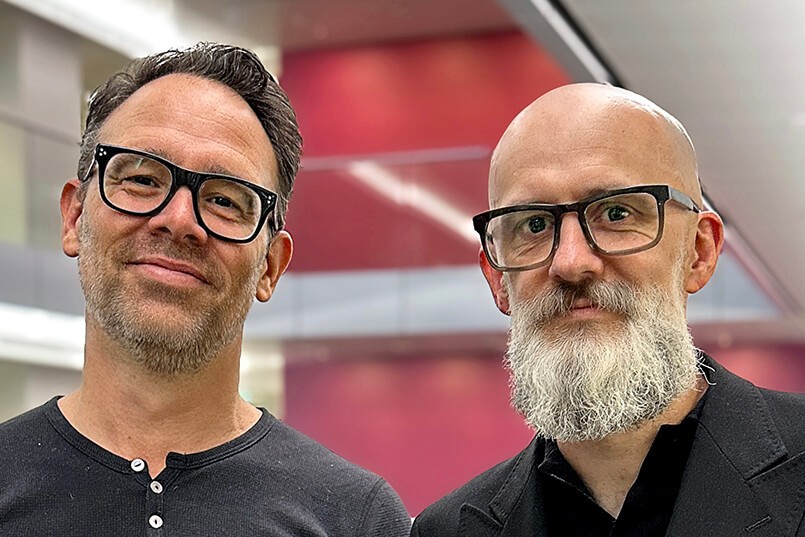Anyone remember this quote from Daniel Defoe’s legendary book, The life and adventures of Robinson Crusoe?
“…I must acknowledge, that, of all the circumstances of life that ever I had any experience of, nothing makes mankind so completely miserable as that of being in constant fear.”
The fear refers to the threat of being seen as pirates as the ship that Robinson Crusoe was on landed in a little port called Quinchang.
Sorry to start this post with a bit of fear, however, have you experienced a bit of fear in your business life?
Have you come across people floating around on their own virtual digital islands?
Whilst Robinson Crusoe wasn’t a pirate, he did succumb to the temptation to take to sea and tackle life’s adventures.
Being shipwrecked off the coast of West Africa, Crusoe was the sole survivor who ends up becoming the self-proclaimed “king” of his own island. A rollicking adventure unfolds with cannibals, mutineers, and Spanish and English seafarers.
Beware the digital natives living on their own digital islands
Crusoe ends up saving a native from being killed by cannibals and appoints him as his servant. He aptly names him Friday, the day he was spared form being killed. And Crusoe teaches him English words and concepts. Before long they’re an inseparable force.
Whilst I believe Crusoe, as a character, is good, he did do things his way. So it’s important to beware the digital marketing natives on their islands doing things their own way trying to save the world.
Have you come across digital natives? Taunting those around them with digital terminology, and using technology to safeguard their every move?
Successful business leaders, that are transforming their business in the digital age, have overcome the power of these restless digital natives.
They have realised that they can’t be housed solely on an island.
They have integrated and aligned them within their business.
Here are 4 steps to overcome what I call the Robinson Crusoe effect:
1. Develop a consumer-centric marketing strategy before a channel plan
Change the discussion from channels (ie: digital / non-digital) to the actual end-user. This will move your thinking to relevance and benefits rather than isolated digital ideas.
Whilst there are posts galore now on consumer centricity, beware the authors who haven’t actually developed a consumer-centric marketing strategy.
Putting consumers at the core is a powerful concept (which by the way is as old as the hills).
It’s not about a communications strategy. It’s about building a business that truly understands its end users. Then creating an authentic culture, experiences, and services that deliver on the needs identified.
The art is being completely honest with where you are and where you need to evolve to. This can be a confronting experience.
Our consultants have worked with both leaders that talk the talk, but are unwilling to dramatically change themselves, and leaders who are incredibly humble and help establish the exciting road to a new level of marketing maturity.
A consumer-centric marketing strategy should clearly identify a differentiated market positioning. It must be built on a unified value proposition. And it must ladder up to a clear purpose in order to successfully align to business and growth objectives.
You may not be aware that TrinityP3 helps clients develop marketing strategies, as we believe strategy comes before structure.
It shouldn’t be rushed in a few hours or days, yet it shouldn’t drag on for months and months.
Typically within 6 weeks we help evolve a marketing plan to consumer-centricity, including an assessment of data variables for an evolved approach to consumer segmentation.
Then once the marketing strategy is in place we hand over to the marketer to develop a communications strategy with their media and agency partners.
In doing so, our focus is on making sure that the marketing plan aligns to the business plan, which in turn, has identified growth with its core consumers.
2. An archipelago can work, however it needs to be structured effectively
You will obviously need specialists within your team. However you need to make sure that the structure and multi-team governance processes are established in order to successfully operationalise your marketing plan.
Digital islands worked in the early 2000s as businesses explored new digital opportunities. However as the fragmentation continued, the world’s best businesses have moved on.
They have split resources into digital marketing, which in turn tend to be vertical specialists in a unified marketing team, and a horizontal digital and technology capability that underpins all units within a business.
They have also established clear processes for managing planning, communication, decision-making, creative ideation and development, and workflow.
Working with TrinityP3 we have seen a myriad of business structures and based on the respective business and marketing plans, have helped leaders evolve their structure to an improved practice.
3. How much activity to insource versus outsource?
In developing the right structure you will need to identify your capability offering, as well as capability gaps.
Whilst this sounds simple and logical, it seems to be one of the biggest stumbling blocks for transformation to consumer-centricity that we are coming across over the past 24 months.
Team members are still being viewed based on job roles from senior to junior, rather than specific capability or capability growth. So it is important to flip the thinking.
It’s important to identify internal capability in terms of whether team members have relevant experience in handling activity of a certain size, complexity, impact, and budget investment. Experience may include:
- Insight generation
- Strategic planning
- Creative Ideation
- Design
- Development
- Project management
- Risk management
- Service & experience management
- Data management
- Social & community management
- Sponsorship negotiation
- Performance measurement
It’s also important to assess your agency roster and clearly identify what each agency is bringing to the table.
As well as identify what additional resources, specialist skill sets, capabilities or technological solutions are available from each agency that you and your teams aren’t currently accessing.
We are currently assessing a marketer with a large agency roster of long-term agency partners. One of the revelations has been that the agencies hadn’t kept the client up to speed with their service offerings. Hence, they had slipped into a position of just doing the same type of work.
The client’s senior leadership team was surprised to know that they could be using additional services.
If you are an agency leader reading this, then remember to have an annual service update – not only with the key business unit manager that you deal with, but where possible, also with the whole senior leadership team beyond just the CMO.
4. Identify fair value
Now that your archipelago is more aligned it is important to identify the costs versus value received from your agency partners.
We are regularly asked to benchmark costs. However once we clarify what a marketer is striving to achieve, we tend to look at an asset output value model, hybrid cost model, or a pure performance model.
Yesterday I was talking to a leading content marketer. They had just appointed a roster of lower end creative and production agencies to handle low to mid budget projects.
Discussion centred around the value that the marketer was looking to achieve in order to hit their clearly defined objectives.
We proposed to help establish a cost / value matrix for simple, mid-level and complex activity in order to help the marketer understand where each of the 9 agencies were positioned. This could then be matched to their capability to position the agencies and help the marketer decide which one to use based on project requirements.
The bottom line
Our bottom line is to help clients drive improved marketing performance, by aligning marketing strategy, structure and process to commercial purpose.
Thus ensuring that Robinson Crusoe is king of an archipelago rather than an isolated island.
So if you’ve decided to transform to consumer-centricity and are looking for some assistance in navigating the waters, then we’d love to help facilitate the change with you.
We’ve handled over 1,500 projects since 2000, so we’re confident that our diverse range of consultants can bring a wealth of experience to assist you.
Are you struggling with the complexity that digital and data offer to business? Let TrinityP3 make sense of the new digital ecosystem for you




